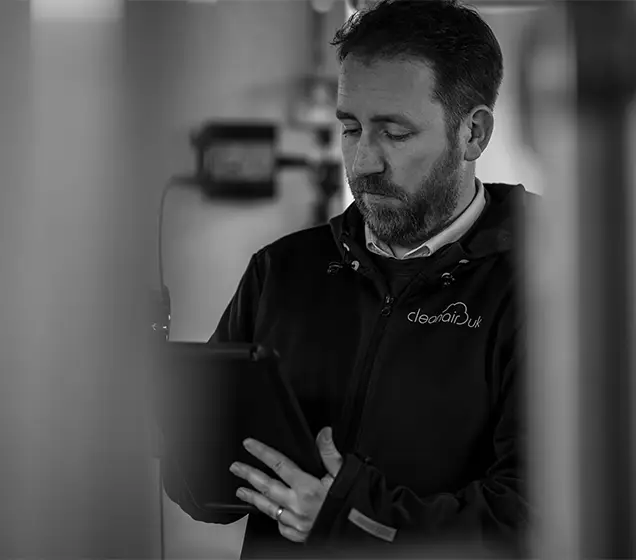Have used Cleanair before to do our kitchen deep clean and were very impressed with their work so asked them to replace our duct for the kitchen extraction. Arrived on time, done the work quickly and efficiently which allowed our kitchen team to carry on with their prep work. I highly recommend them.
Our indoor air quality inspection determines the types of contaminants present within premises. We also look into whether their effect on the quality of indoor air can be considered acceptable. The findings are then compared to the current occupational and workplace exposure limits and what is allowed by regulation. A list of recommendations will be provided as necessary as well.




